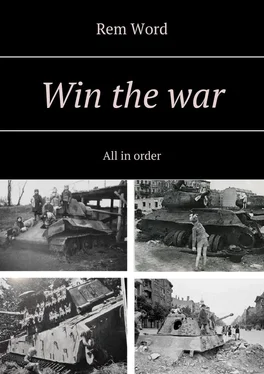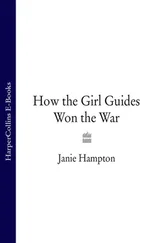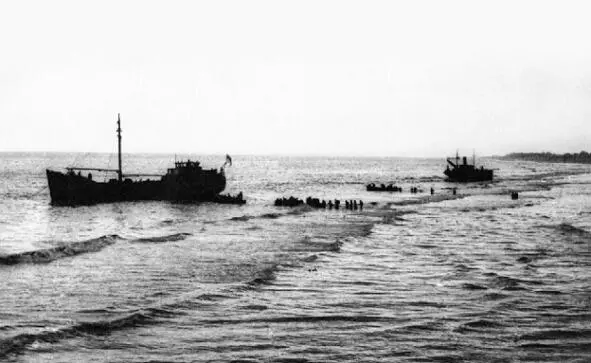
Battle sites are shifted to the French Dunkirk. Promotion of the German Panzerwa is ruined by rugged terrain. Also, they do not seek to enter the zone of the British ship artillery. Surrounded by the Anglo-French troops, taking advantage of the weather that interferes with the actions of aviation, they are evacuated by sea, leaving the enemy with all heavy equipment. The idea to create a springboard, a thorn in the body of Continental Europe, is not considered. Photography – evacuation of British soldiers on ships coming close to the shore. Dunkirk, June 1940

taly is entering the war on the side of Germany. Although its three hundred thousandth army is not successful, it finally demoralizes the French. And, on June 21, in the Compiegne Forest, in the same place where an armistice was signed 20 years ago, France’s capitulation is announced. The loss of Belgium: 6,000 people irrevocably, 202,000 prisoners, 112 aircraft. France: 84,000 killed, 1.8 million prisoners (they are sent to forced labor in Germany), 50 aircraft. United Kingdom: 68,000 people, 1,000 aircraft, 64,000 units of vehicles. And, victorious Germany – 18,000 soldiers and officers according to German data and 45,000 according to the calculations of English historians. Luftwaffe lose 432 aircraft. In addition to the French economy, Germany gets 2,000 battle-capable tanks (used against partisans or converted into self-propelled guns), 1,400 aircraft, and seven thousand French volunteer legions. Photography – rescued «Tommy» move to the shores of Albion, Pas-de-Calais, June 1940
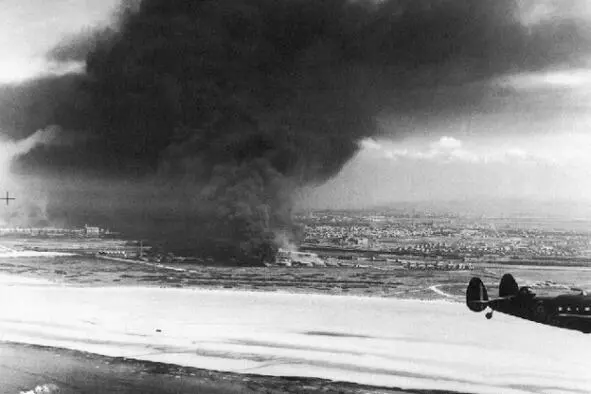
Burning storage tanks Dunkirk. Exodus ends. On the right is a British aircraft patrol
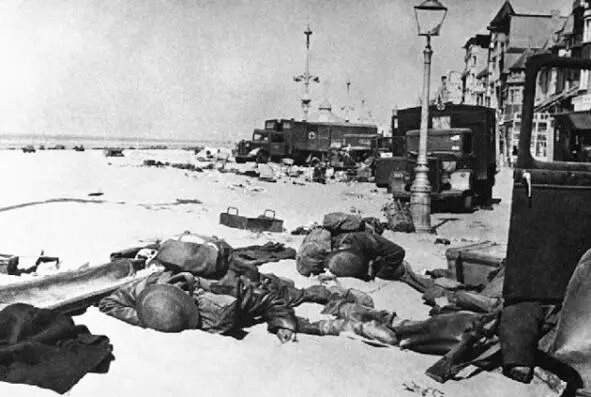
Dunkirk through the lens of a German camera
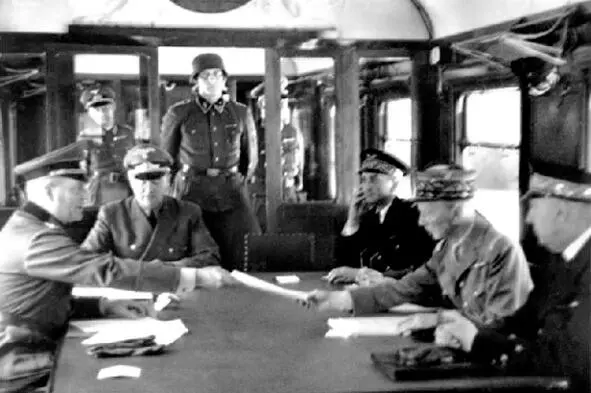
The wagon in Compiegne Forest (France), the one in which 22 years ago was signed a humiliating world for Germany. The capitulation of France, or, more precisely, its northern half, is taken by the once glorious Marshal Petain, the hero of the First World War (right in the center)
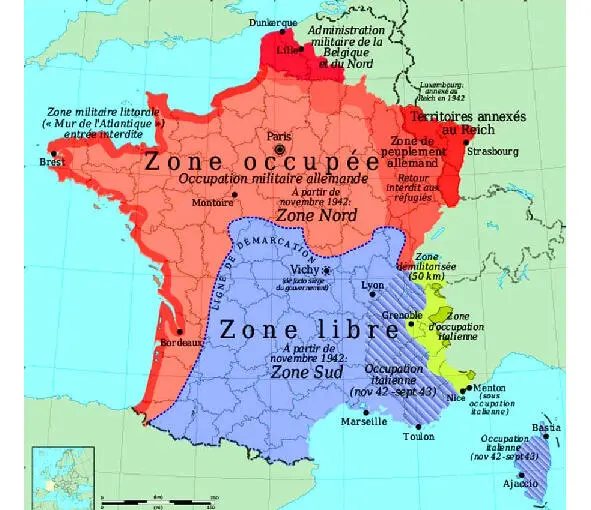
The occupation of France, Germany and Italy, 1940. The main part of the French fleet, maintaining a high degree of combat effectiveness, is based in Toulon. The resort town of Vichy becomes the capital of the government
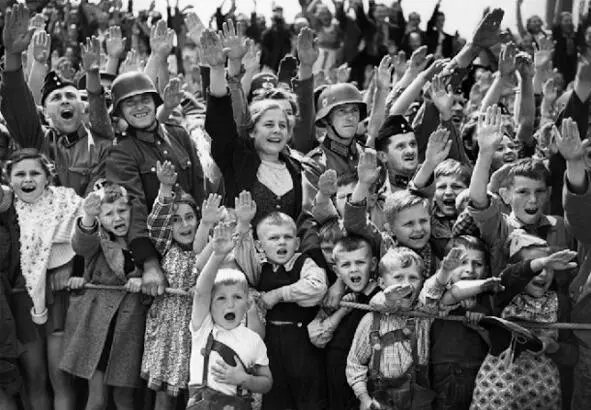
German children and soldiers welcome the success of Nazi Germany, 1940
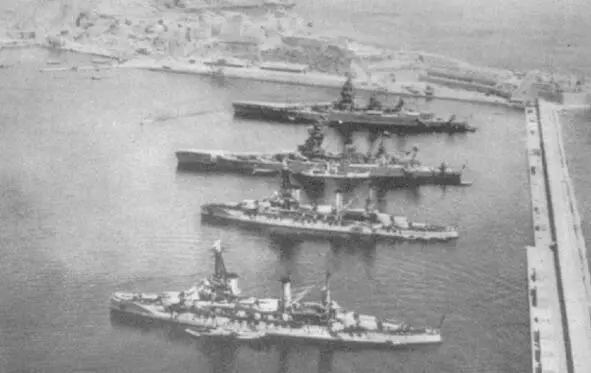
On the night of July 3, 1940, British units seize French ships in British ports. Not without bloody incidents. On both sides, several people die. The meaning of the operation is not to allow the French, if they wish, to transfer the fleet to the Germans (or go over to their side). Similar actions are being taken in all the bases of the Mediterranean Sea, where the ships controlled by Vichy are located. In the Egyptian port of Alexandria, the initiative of the British captain-negotiator allows you to come to a compromise. In July 1943, the battleship, four cruisers and several destroyers joined the Anglo-American allies. But, in other places, everything is much more complicated.
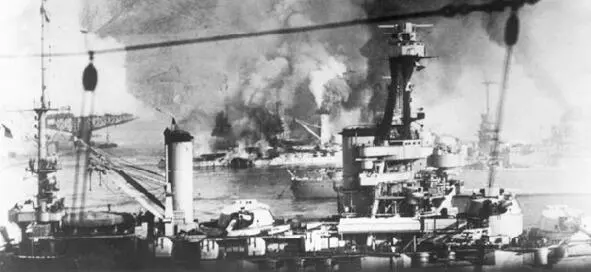
To neutralize part of the French fleet, stationed in the harbor of Mers-el-Kebir (Algeria), the British equip a squadron of three battleships, two cruisers, an aircraft carrier and eleven destroyers. In the ultimatum filed by the French, there is a requirement to go to the ports of the West Indies, or to scuttle ships. The British commander orders to open fire at 16.45, without waiting for the expiration of the submitted note. Shells cover the crowded, anchored battleships, cruisers, destroyers, navigation vessels and submarines. Three battleships are hard to repair damage and are stranded. The survivors are finished off by torpedo bombers from the aircraft carrier Ark Royal. One battleship, the newest Strasbourg, took advantage of the lull and the help of the destroyer who shot part of the minefields, leaving for Toulon. On the way, this ship meets, almost aboard, an almost defenseless now British «Royal Royal». However, the captain orders not to open fire. The British do not appreciate such a gift and send six «Suordfish» to «Strasbourg». Anti-aircraft guns left without damage to the battleship bring down two attacking aircraft
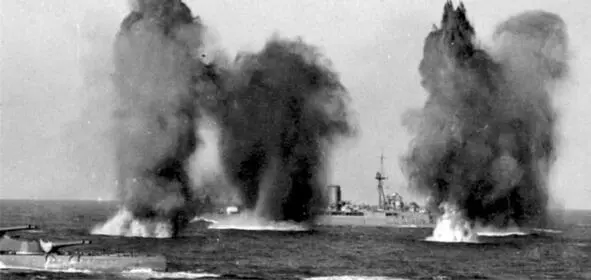
Similar battles will take place in Dakar (French North Africa, now Sinegal). An attack on a group of ships in the West Indies, the island of Guadeloupe, prevents the personal intervention of the President of the United States, Franklin Roosevelt. In two days of the «Catapult» France loses 1,400 people, England -2 pilots and 6 aircraft. Tens or hundreds of thousands of French become collaborators with a light heart. Photography – ships breaking through from Mers-el-Kebir harbor
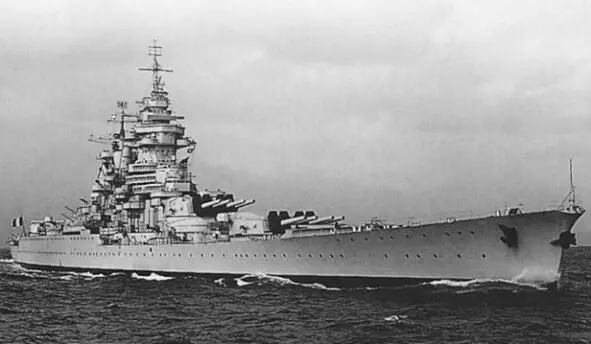
The battleship Richelieu, seriously damaged in the port of Dakar, is being redeemed from France by the US government. Powerful 380 mm. guns are reamed to the American standard, and after this war they shoot off the coast of Burma. But the most interesting is contained in the holds of this halo-covered secret ship. Gold of the French National Bank, also Poland, Belgium and the Netherlands, for 2.5 billion dollars of that time. What happens to the precious metal further, and by what agreement it falls into the hands of Americans, we do not know the details. It is believed that in 1945 its monetary equivalent is transferred to European countries, as part of the Marshall Plan, as a loan for exclusively American goods.

From July 10 to October 30, 1940, Britain and Germany lead a fierce battle in the air. England loses a little more than a thousand airplanes, the enemy loses 1,800 winged cars. In Western historical literature, a series of air battles are considered to be the greatest battle that will be remembered for thousands of years. The air battle for the Kuban (RSFSR, 1943) is characterized by similar numbers of aircraft shot down, but remains in the shadows. In Soviet and Russian historiography, the air battle for Britain is also a minor episode among the epic land battles on the territory of the Soviet Union. Be that as it may, Germany is losing interest in Britain and concentrates on preparing for an invasion of the USSR. Photography – Luftwaffe bombers raid on the English port of Dover, 1940
Читать дальше
